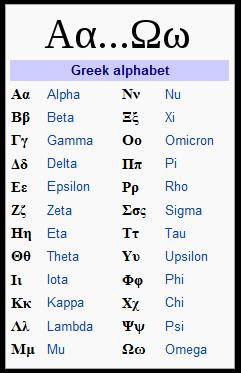Four very beautiful nebulae taken by Uplands GCSE Astronomy students:

Sky Object Name: Trifid
Taken By: Uplands Community College
When taken: Apr 20, 2010 14:58:27 UTC
RA: 18h02'20"
DEC: -23°03'10"
Filter: H-alpha
Exposure time: 100 secs.
Instrument: EM01
The Trifid Nebula (catalogued as Messier 20 or M20 and as NGC 6514) is an H II region located in Sagittarius. Its name means 'divided into three lobes'. The object is an unusual combination of an open cluster of stars, an emission nebula (the lower, red portion), a reflection nebula (the upper, blue portion) and a dark nebula (the apparent 'gaps' within the emission nebula that cause the trifid appearance; these are also designated Barnard 85). Viewed through a small telescope, the Trifid Nebula is a bright and colorful object, and is thus a perennial favorite of amateur astronomers.

Sky Object Name: Trifid
Taken By: Uplands Community College
When taken: Apr 20, 2010 14:54:41 UTC
RA: 18h02'20"
DEC: -23°03'10"
Filter: RGB
Exposure time: 50 secs.
Instrument: EM01

Sky Object Name: Eagle
Taken By: Uplands Community College
When taken: Apr 20, 2010 14:47:31 UTC
RA: 18h18'52"
DEC: -13°49'42"
Filter: RGB
Exposure time: 50 secs.
Instrument: EM01
The Eagle Nebula (catalogued as Messier 16 or M16, and as NGC 6611) is a young open cluster of stars in the constellation Serpens, discovered by Jean-Philippe de Cheseaux in 1745-46. Its name derives from its shape which is resemblant of an eagle. It is the subject of a famous photograph by the Hubble Space Telescope, which shows pillars of star-forming gas and dust within the nebula.

Sky Object Name: Dumbbell
When taken: Apr 20, 2010 14:40:17 UTC
RA: 19h59'40"
DEC: 22°43'01"
Filter: RGB
Exposure time: 90 secs.
Instrument: EM01
The Dumbbell Nebula (also known as Messier 27, M 27, or NGC 6853) is a planetary nebula (PN) in the constellation Vulpecula, at a distance of about 1,360 light years.
Labels: astronomy, Dumbell, Eagle Nebula, Faulkes Telescope, GCSE Astronomy class, observation, observing, Triffid Nebula


















 Ophiuchus
Ophiuchus
